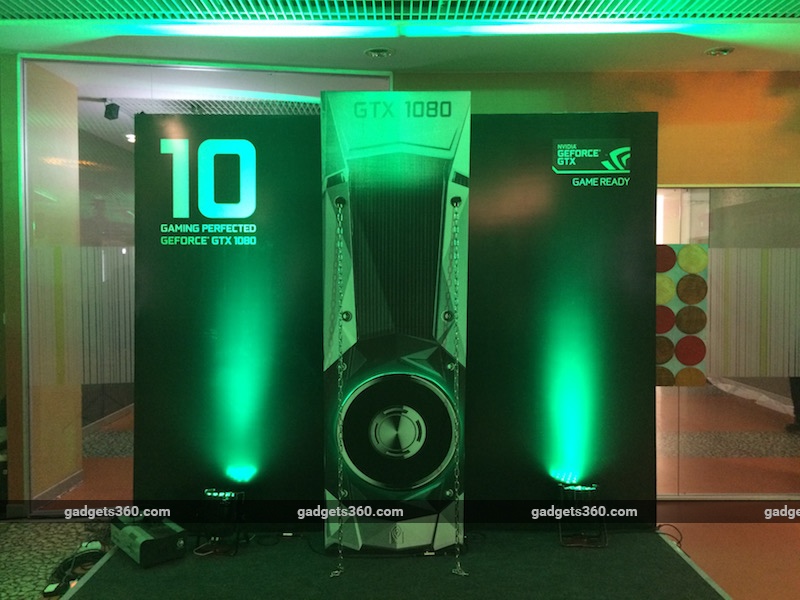
Graphics giant Nvidia recently launched its high-end GeForce GTX 1070 and 1080 graphics cards for India at an event in Bengaluru one day prior to E3 2016’s flurry of game-related announcements. Dubbed ’10 Gaming Live’, the event was meant to showcase the company’s new Pascal architecture, which according to our GeForce GTX 1070 review, lives up to the hype.
But while it might be a stellar product, there are still a lot of unknowns. For starters, buying a graphics card isn’t as simple as, say, walking into a store and purchasing a PlayStation 4 or Xbox One. There’s a massive learning curve, and buyers need to understand a lot about these complex pieces of kit that can cost as much as, if not more than, a console. Is there even an audience for such products in India? Nvidia is betting there is, and its Indian division claims tremendous growth. Gadgets 360 spoke to Nikhil Kohli, GeForce Business Head, Nvidia South Asia to find out more.
“We’ve had to change the bloodline of the company. If you see there was a time we only had a sales team, which was a traditional structure,” explained Kohli. “Now I have more than a sales team; I have evangelists, I have gamers, I have four to five people who are from a non-sales background who have been gaming for the past many years in their lives, or who have been running gaming events for many years of their lives.” “That is the messaging they take to the consumers regionally,” he added. “Today we are connecting with consumers and gamers at a very physical, regional, state level and every week we do that. That’s another reason why things are changing, because we don’t say ‘this is the product and price’, we say ‘experience the product, this is the experience, this is the benefit, this is the advantage, try it.'”
 (Also see: AMD Plans to Do for VR What It Did for PC Game Development)
(Also see: AMD Plans to Do for VR What It Did for PC Game Development)
With events in cities like Mumbai and Delhi called Gamer Connect, Nvidia has tried to make consumers aware of what a better graphics card can do for them. The reason for this approach is a changing user mindset. Primarily for Nvidia, there are two audiences outside of the enterprise segment. These are hardware enthusiasts, and gamers. While the latter is self-explanatory, Kohli gave us some insight into how the former is perceived.
“These people are hungry for power. They are enthusiasts. They like the best,” said Kohli. “Like in the music industry they like to have the best home theatre. They do a lot of selection when it comes to the speakers, when it comes to the amplifiers and wires, and there’s a lot of passion when they make this choice and selection. And then they build their rig.” According to Kohli, the whole process is a meta-game of sorts, stemming from personal interest and the sheer feeling of validation and ownership of the process of building a PC that comes with it. “For them, it’s about the power and enthusiasm of building a machine themselves driven by passion,” he said.
To Kohli, a sense of awareness has grown among buyers. He believes they’re a lot more discerning and better informed than they used to be. This has, according to him, resulted in an audience that’s willing to pay more for better visuals in PC games, and in turn, has allowed him to expand operations and activities in the country.
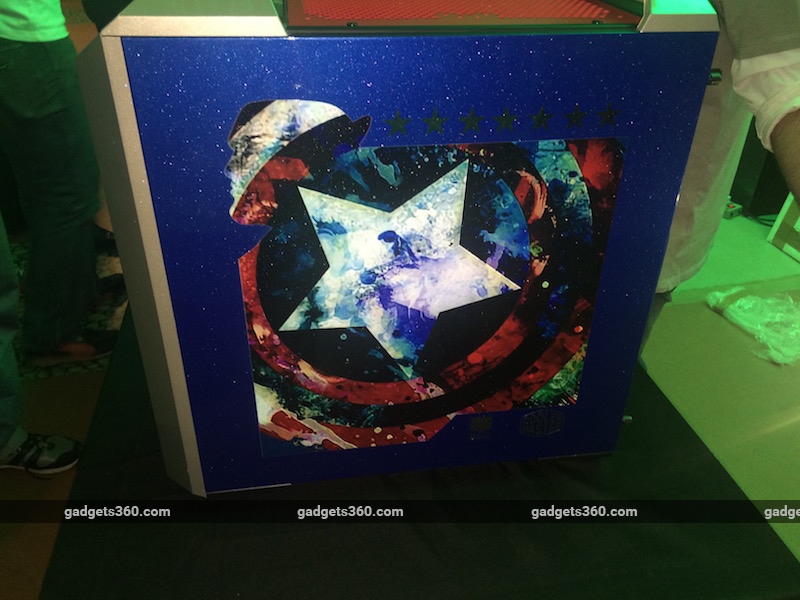 “There used to be a sweet price point of something like Rs. 10,000 to Rs. 11,000 where we were selling a product called the 750Ti,” he said. “However we saw a fantastic shift and you will be surprised to know that the price point shifted from Rs. 10,000 to Rs. 11,000 to something like Rs. 16,000 to Rs. 18,000.”
“There used to be a sweet price point of something like Rs. 10,000 to Rs. 11,000 where we were selling a product called the 750Ti,” he said. “However we saw a fantastic shift and you will be surprised to know that the price point shifted from Rs. 10,000 to Rs. 11,000 to something like Rs. 16,000 to Rs. 18,000.”
“The GTX 960 is now my largest selling card in terms of quantity. The moment I go onto a 970 or 980, the budgets will go up and performance will be better cards but I see a huge shift from the 750Ti,” he added. “The 750Ti is number two, but there was a time when we thought the entry level GTX card would be the biggest card because it’s the cheapest and that’s the general assumption. But that’s not true, I think the market scaled up. The consumers scaled up. And the consumers now understand the content better,” Kohli continued. “They understand immersive content. They understand FPS [frames per second]. They understand Maxwell architecture. They are looking for power and many other features which a 960 offers them. More importantly than that, it was the 9 series that had an uptick and now comes the 10 which is the next one.”
In the same breath though, he does state that India is nowhere close to the market size of other countries. The attach rate – the number of PCs that have a video card – is substantially lower.
“Even now it’s about 35 percent. We have a huge headroom. In other countries the attach rate is 80 to 90 percent and for Germany it’s even higher. So the headroom is good for us,” he said. While the market might have a lot of potential for growth, the current numbers don’t sound quite as exciting.
How many 10-series video cards does Nvidia India have at launch time, and would it be representative of the market size? In the past sources close to the company have told Gadgets 360 that roughly 3,50,000 video cards in the price range of Rs. 20,000 and above are sold annually in India. Kohli promptly shot this figure down.
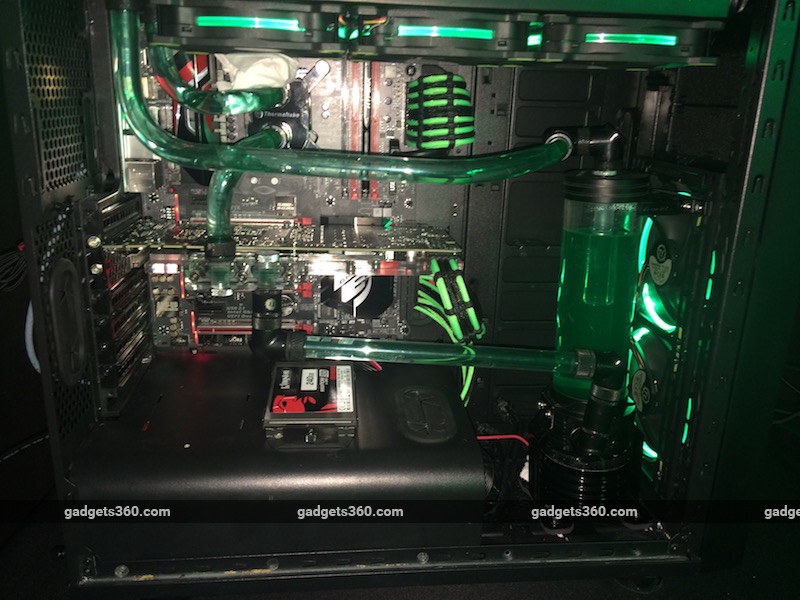 “Numbers is something I do not comment about. This information is false. We do more numbers than this but it may not be in the price range of this; 3.5 lac [in that price range] is too big a market,” he said. “[But] when you look at overall numbers it’s way more than that.”
“Numbers is something I do not comment about. This information is false. We do more numbers than this but it may not be in the price range of this; 3.5 lac [in that price range] is too big a market,” he said. “[But] when you look at overall numbers it’s way more than that.”
“When I look at the GTX business from a consumer perspective versus last year, the increase is more than 2x,” he added. It’s due to this growth that the company has ramped up its visibility to reach a wider audience and at the same time, enlist the support of the rest of the PC gaming ecosystem such as Intel, Gigabyte, Cooler Master, and the like.
“If a person is buying a card that’s Rs. 15,000 to Rs. 20,000 he’s not buying a cheaper accessory, probably he’s buying a Steelseries headset… you know top of the line stuff,” said Kohli. “Which is why we’ve called the ecosystem partners in because the consumer is the same at the end of the day and we have to work together and give the consumer a good experience. It’s easy with a TV or a mobile phone but for a PC, where will you get that experience?”
At its event, Nvidia certainly delivered a compelling experience. The venue was decked out with high-end machines running GTX 1080s and 1070s, running graphically intensive titles including The Divisionand The Witcher 3. However, our personal experience wasn’t the greatest, seeing performance on par with the 980Ti, something employees told us was due to the cards running in “developer mode”. Still, the demos did give us a good idea of what to expect in terms of image quality even if the frame rate wasn’t that smooth. But the price is likely to remain a sore point for many.
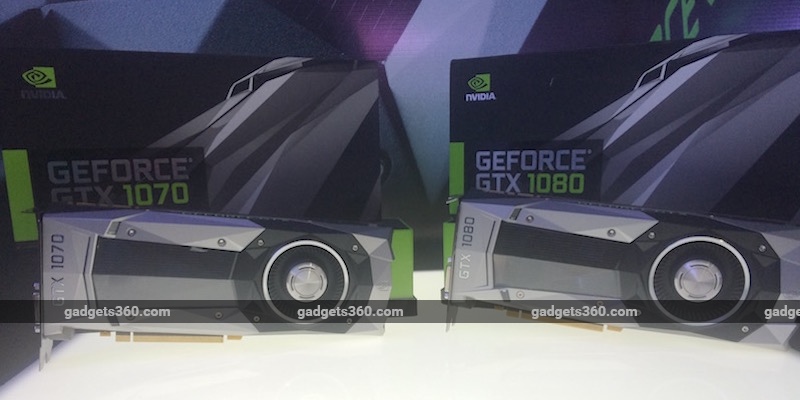 At official prices of Rs. 63,250 onwards for the GTX 1080 and Rs. 40,800 and above for the GTX 1070, these aren’t exactly cheap. You might glance at the US pricing for the GTX 1070 and 1080 and wonder why there’s such a huge price gap, and it’s not only due to the duty structure in place, but also the distribution model in India, which has several middlemen in the supply chain.
At official prices of Rs. 63,250 onwards for the GTX 1080 and Rs. 40,800 and above for the GTX 1070, these aren’t exactly cheap. You might glance at the US pricing for the GTX 1070 and 1080 and wonder why there’s such a huge price gap, and it’s not only due to the duty structure in place, but also the distribution model in India, which has several middlemen in the supply chain.
The difference is big enough to consider older cards like the GTX 970 and GTX 980Ti instead of newer ones. Prior to the event we were tipped off that there are to be no price drops for these products in India. Kohli confirmed this, and what’s more, he doesn’t see it as a detriment either.
“My 970s are the same price point as when I brought in the 1070. You’d be surprised to know that there’s no drop in sales of 970. There’s an increase in sales of 970,” he revealed. “What happens during the transition period is there are a lot of consumers who look at the product as… maybe they like the product. Maybe they don’t understand the 1070 as well as they do at this point of time [versus the 970]. Every time there is a transition, the demand of the product going out is more.” According to Kohli, the previous generation cards’ price matches demand at this point, so there is no reason to cut rates.
Also, don’t expect less expensive versions of the GTX 1070 or 1080 anytime soon. Usually, reference designs – graphics cards with coolers and circuit boards designed by Nvidia – would be the cheapest and be the ones available at launch. Now, Nvidia has something known as the Founders Editions, which use what the company describes as premium components, allowing a hefty price bump over those sold by partner companies such as Asus and MSI. Globally, Nvidia charges a $50 or $100 premium for the Founders Editions. This also means that its partners can charge less for other models of either card, though to Kohli that seems unlikely.
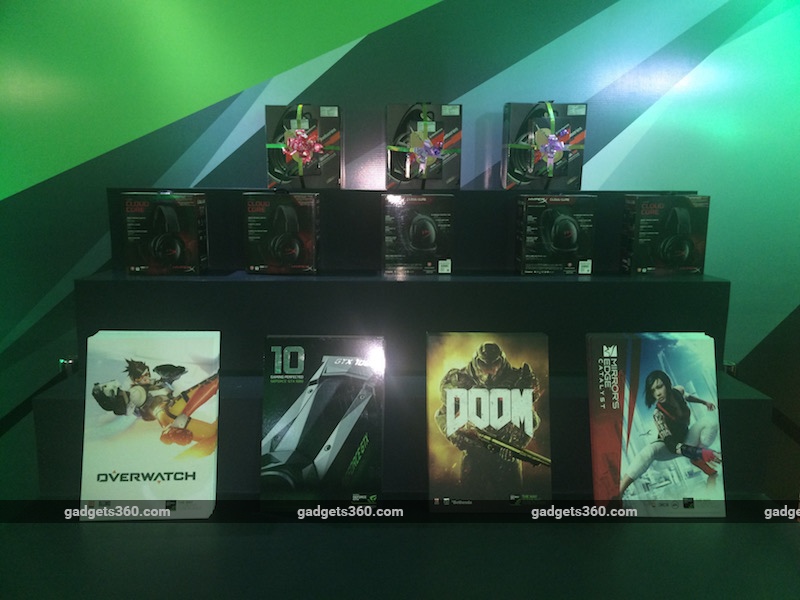 “When it comes to a price point more than Rs. 10,000, I come across very few consumers who are sensitive to the entry level price point of that product. For example, the 960 – 90 percent to 95 percent of the sales of 960 are of the [more expensive] 4GB version,” said Kohli. “I have a 2GB card which is cheaper; why aren’t consumers buying it?” “If you ask me how many [OEMs] are going to bring out standard edition cards, which would be cheaper, ask the manufacturers here; no one is bringing them. They don’t want to bring them,” he added.
“When it comes to a price point more than Rs. 10,000, I come across very few consumers who are sensitive to the entry level price point of that product. For example, the 960 – 90 percent to 95 percent of the sales of 960 are of the [more expensive] 4GB version,” said Kohli. “I have a 2GB card which is cheaper; why aren’t consumers buying it?” “If you ask me how many [OEMs] are going to bring out standard edition cards, which would be cheaper, ask the manufacturers here; no one is bringing them. They don’t want to bring them,” he added.
That’s not to say there isn’t a segment of Nvidia’s fans who wouldn’t want a cheaper card. They exist, but they’re few in comparison. “There are always five percent to 10 percent of consumers who will say that they want something that’s 50 Euros or $50 cheaper. But honestly this segment is so small for me that we don’t really focus on it,” he professed. “If it is needed we’ll get it [for those who want them on order] but the segment is very small. If that was the case, we’d really focus on standard editions.”
At the event, several OEMs said they were planning to price their non-Founders Edition GTX 1070 cards at between Rs. 40,000 and Rs. 45,000, which seems to support this theory; would online marketplaces like Amazon and Flipkart come to the rescue of budget conscious buyers with the usual wave of big discounts and deals?
“In fact it’s [online shopping] more expensive now. It’s the opposite. If you go to Amazon and check the price, it’s more expensive,” said Kohli. “I’ve been fighting with them. They claim their markup is 18 percent. It’s their internal thing; we can’t do anything about it. To answer your question, it’s not lower, it’s crazy higher.” Traditional retail still drives 85 to 90 percent of Nvidia’s sales, leaving the online segment as just a small niche. It’s safe to say that you’re probably buying your next graphics card offline.
 With an audience that wants the latest cutting edge technology, Nvidia has decided to increase its spending on marketing, but it doesn’t seem as though game companies are seeing the same growth or interest. While Nvidia’s event had the likes of Steelseries, MSI, and Asus, the lack of the official presence of even a single game publisher was rather jarring, despite games from the likes of Ubisoft and CD Projekt RED being showcased.
With an audience that wants the latest cutting edge technology, Nvidia has decided to increase its spending on marketing, but it doesn’t seem as though game companies are seeing the same growth or interest. While Nvidia’s event had the likes of Steelseries, MSI, and Asus, the lack of the official presence of even a single game publisher was rather jarring, despite games from the likes of Ubisoft and CD Projekt RED being showcased.
Perhaps the software side of PC gaming isn’t seeing the same upswing? A casual glance at Steam Spy data for India seems to indicate so, as do retailers who prefer stocking PS4 titles. Retailers have gone as far as to tell Gadgets 360 that while sales between the PS4 and PC games are neck-and-neck, revenue for games on Sony’s console outweighs that of PC games. Whatever the reason, it’s a gap that Kohli acknowledges is an issue, but he remains optimistic.
“I still feel that the tipping point has not come. That explosion. It’s not far away. I can’t say it’s six months or one year or two years. And this has come in every country,” he said. “I don’t know what will lead to it; if it’s the broadband penetration, cost of broadband, or software – because the publisher will also have to play its part, content also needs to be promoted. They also need to come in on their own and see the opportunity.”
Disclosure: Nvidia sponsored the correspondent’s flights for the event in Bengaluru.
Download the Gadgets 360 app for Android and iOS to stay up to date with the latest tech news, product reviews, and exclusive deals on the popular mobiles.











